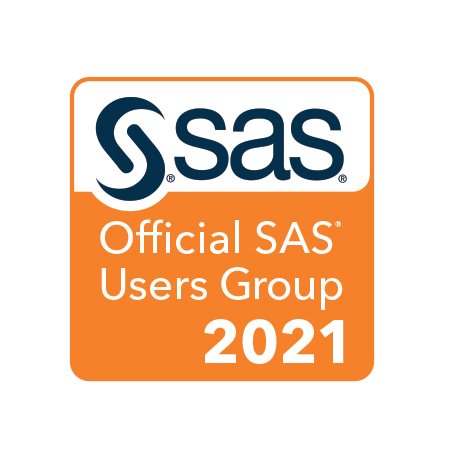The 2017 Forum will hold various half day Pre and Post Conference seminars on Sunday, October 15th and Wednesday, October 18th. Attendees will have an opportunity to develop and enrich their SAS knowledge by attending a morning and/or afternoon pre or post conference workshop from the list below. Please note that a separate $125 per seminar fee applies to these training sessions.
Pre-Conference: Sunday, October 15th, 2017
Instructor: Kirk Lafler Time: 8:00 AM – 12:00 PM
Location: TBD
SAS® users who have acquired basic skills presented in a SAS Software Basics course and want to expand their programming knowledge in the DATA and PROC steps will want to attend this Advanced SAS Programming Techniques course.
Attendees learn complex programming topics and techniques in the areas of data access, data manipulation, data management, data presentation, and more. Topics include DATA step programming techniques such as reading and writing data/output from/to MS-Excel spreadsheets; input buffer and program data vector (PDV) details; creating and using user-defined formats and functions; reshaping columns and rows of data with the TRANSPOSE procedure; coding and using one-dimensional and multi-dimensional arrays, loops, and ranges; using operators and modifiers to search data; exploring the details associated with index rules and strategies; using specialized ODS techniques for improved output including ODS statistical graphics; and drill-down techniques.
Intended Audience: All SAS Users
Prerequisites: Minimum 1-year Base SAS programming experience
Course Material: Course notes are provided
Instructor: Kirk Lafler Time: 1:00 PM – 5:00 PM
Location: TBD
The SAS® Macro Language is a powerful feature for extending and customizing the capabilities of the SAS System. This course presents a practical approach to macro tool design and development, along with a collection of techniques for constructing reusable and effective macros tools. Attendees learn how to build functional macros that process statements containing SAS code; learn basic design principles in the development of reusable macro tools; create macros containing keyword and positional parameters; utilize and implement defensive programming techniques; build a library of macro utility tools; interface the macro language and the SQL procedure to create single-value and/or value-list macro variables; develop efficient and portable macro language code; and debug and troubleshoot code errors, warnings, and other special messages.
Intended Audience: All SAS users
Prerequisites: Introduction to SAS Macro course or minimum 1-year SAS software experience
Course Material: Course notes are provided
Post-Conference: Wednesday, October 18th, 2017
Instructor: Kirk Lafler Time: 8:00 AM – 12:00 PM
Location: TBD
Data comes in all forms, shapes, sizes and complexities. Stored in files and data sets, SAS® users across industries know all too well that data can be, and often is, problematic and plagued with a variety of issues. One issue, in particular, stems from the complexities associated with linking, or matching, records from two or more data sets where a common unique identifier, referred to as the key, is not reliable or does not exist. Because users routinely match records from two or more data sets using merge, join, and/or hash programming techniques, a unique, and reliable, identifier is essential for matching purposes. But, what happens when a unique identifier such as a subscriber name, mailing address, and/or email address is misspelled, has one or more characters transposed, or is partially and/or incorrectly recorded? This course introduces what fuzzy matching is, the variety of data issues users have to deal with, popular data cleaning and organization techniques, the application of functions such as SUBSTR, SCAN, INDEX, COMPRESS, COMPBL, COMPARE, TRANSLATE, CAT, SOUNDEX (for phonetic matching), SPEDIS, COMPLEV, COMPGED, and an assortment of programming techniques used to resolve key identifier issues and to successfully merge, join and match less than perfect or messy data.
Intended Audience: All SAS users
Prerequisites: Minimum 1-year Base SAS programming experience
Course Material: Course notes are provided
Instructor: Kirk Lafler Time: 1:00 PM – 5:00 PM
Location: TBD
SAS® users can easily and quickly access metadata content with a number of read-only SAS data sets called DICTIONARY tables or their counterparts, SASHELP views. During a SAS session, information (known as metadata) is captured including SAS system options along with their default values, assigned librefs, table names, column names and attributes, formats, indexes, and more. This course explores the various Dictionary tables and SASHELP views, how metadata can be used as input into a SAS code generator or a SAS macro to produce the desired results, the application of specific DICTIONARY table and SASHELP view content, examples related to the creation of dynamic data-driven coding techniques, and the creation of a user-defined data dictionary.
Intended Audience: All SAS users
Prerequisites: SAS Essentials course or 6-months SAS software experience
Course Material: Course notes are provided



